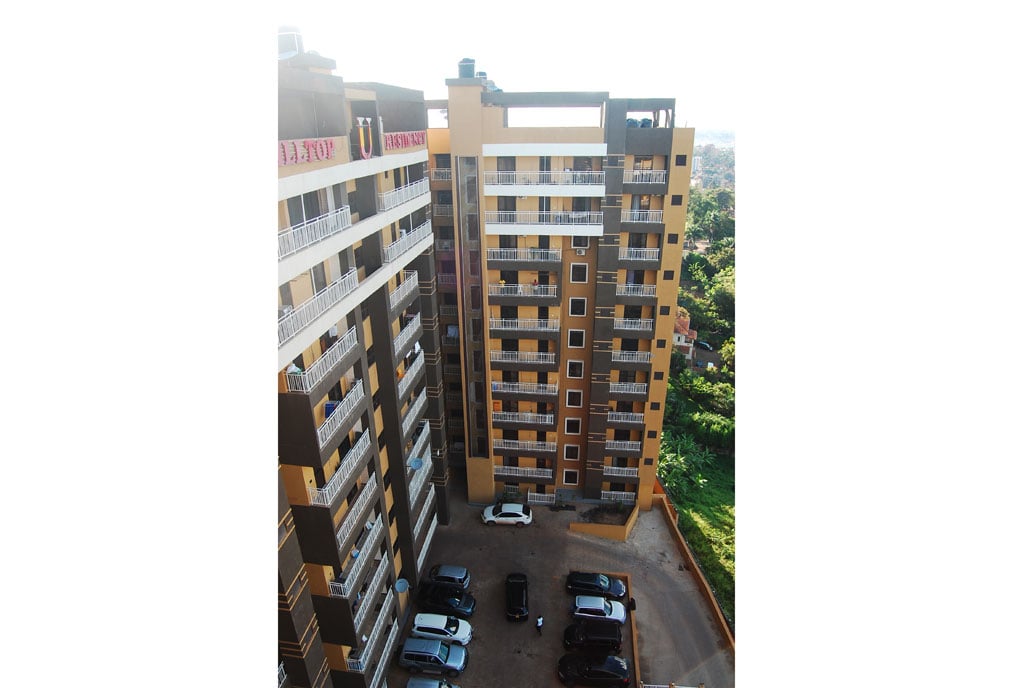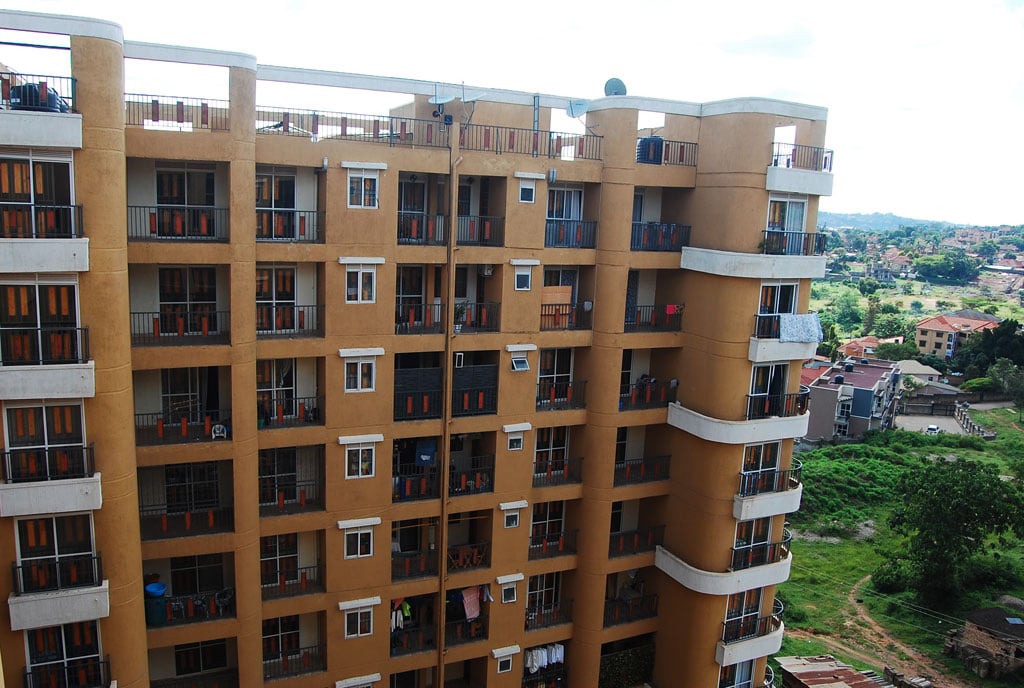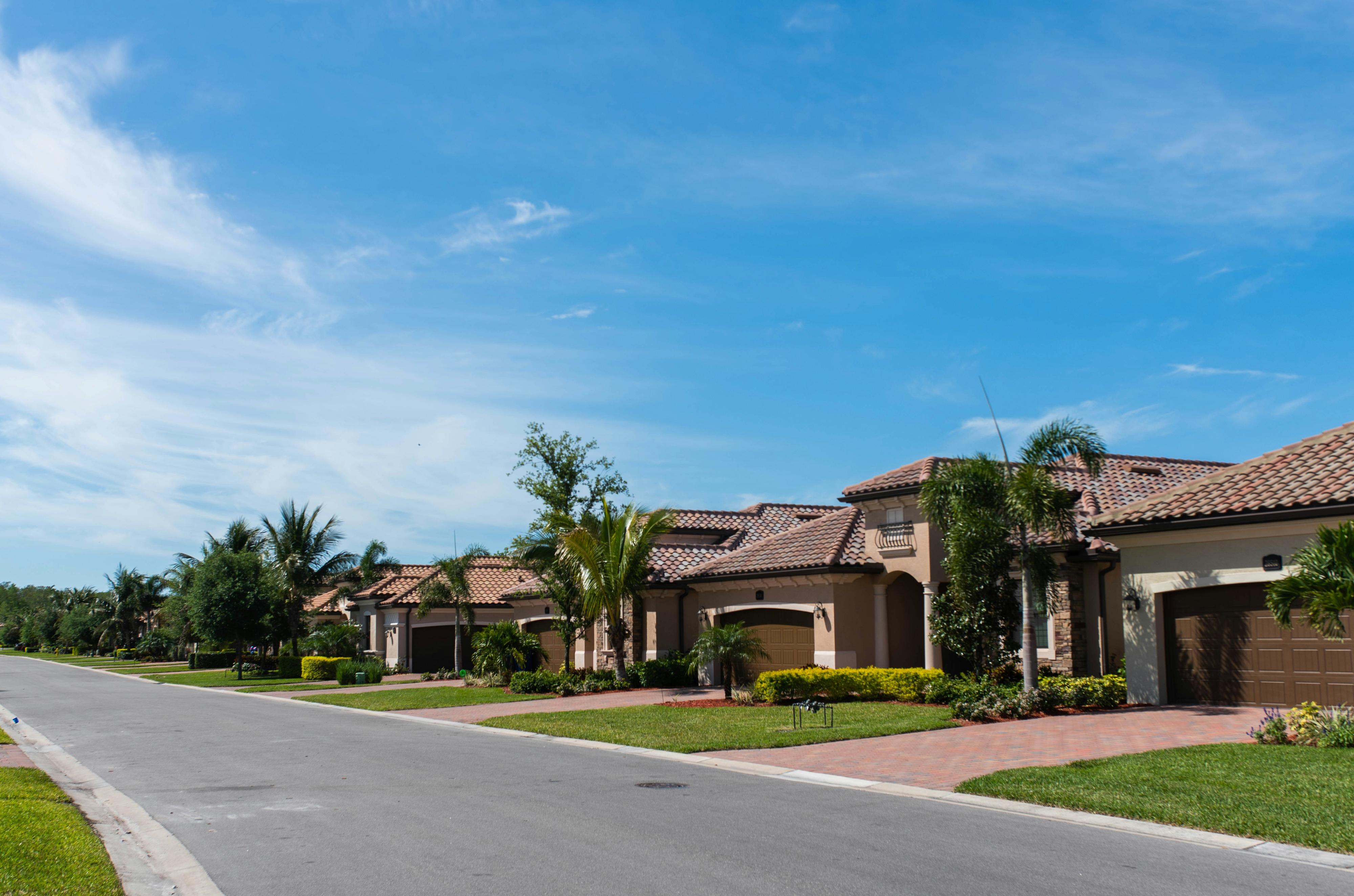Prime
All you need to know about high-rise living

Hilltop Apartments in Kololo boast of 12 floors in height, with views of Bukoto and Naguru. PHOTO/TONY MUSHOBOROZI
What you need to know:
- Living in a high-rise building comes with a lot of conveniences that living in a bungalow cannot afford you.
- A majority of high-rise residential building come with amenities such as a swimming pool, a gym, tight security and easy access to recreational and shopping facilities.
Living up high is a dream for many and the high-rise apartments make it a reality. Urban planners increasingly see more high-rise as the answer to reducing the housing shortage and maximizing real estate footprint.
Over the last decades, we have seen the skyline in Kololo, Naguru, Mutungo, Bukoto and Muyenga, among other suburbs get transformed as high-rise buildings of varying heights are interwoven in between colonial bungalows. With the introduction of condominiums, the high-rise apartment trend shows no signs of slowing down any time soon. The growth of high-rise residential properties has been partly fuelled by the astronomical land prices around Kampala, according to property experts.
At some point, investors realised it more economic sense to build a multi-story property on a plot that cost them an arm and a leg in order to get their return on investment faster.
The other major factor that has fortified the trend is the enabling Condominium Act of 2002 which allows developers to build high-rise residential (and commercial) properties for sale to real estate investors.
What is a high-rise building?
There is no universally defined number of stories a building must exceed to be classified as a high-rise, however, technically any structure more than 75 feet high is considered a high-rise. In some areas, five to seven-storey buildings are considered mid-rise, which means only those with eight storeys and above qualify as high-rise. Residential high-rise structures are also known as Tower Blocks or Multi-dwelling units (MDUs).
Due to their great heights and huge occupant populations, high-rise buildings demand the use of mechanical vertical transit systems, such as lifts, as well as the careful provision of life-safety measures. Fire safety regulations is strictly enforced, and an appropriate exit should be provided in the event of a fire, power outage, or other mishap.
Another major characteristic of these properties is that they tend to be closer to the city centre than the residential suburbs. For this reason, the city’s middle class is attracted to these properties because they are so much closer to their work places, cutting travel costs and time from home to work and back.
The property industry trends over the last 20 years have been pushing the middle class further and further away from the city centre as investors looked for cheaper land and renters looked for cheaper homes. But experts have reason to believe that this will soon change as fuel prices skyrocket and the suburbs expand beyond the 30-KM radius, in a city with unreliable and inconvenient public transport.
The fact that Uganda’s population is only beginning to explode means that more peri-urban areas will soon experience an influx of population, making commuting to the city almost untenable. This is why experts and property investors are betting on a booming high-rise living in the heart of the city.
Popular floors
Choosing the right apartment in a high-rise building depends on your individual wants and needs. A lower-floor apartment allows for quicker access to the outdoors without the need for an elevator and these apartments tend to be the most affordable option. Unfortunately you are exposed to the street noise more and cut off from enjoying stunning views of the city. These are popular for families with young children and elderly.
The middle of a high-rise apartment building could be a great compromise. You have a good view, you do not have to wait long for the elevator and the rent is much less than that of the higher floors. The only downside is potential noise from the neighbours above and below you, as well as on each side unless the building has been properly soundproofed.

The top floors are the most expensive because of all the wonderful benefits of living on top of the city. They offer gorgeous, scenic views and you are elevated above street noise. However, experts warn that occupants might feel the building sway more than other residents, which could be a problem if one is afraid of heights or experiences vertigo. Depending on the floor, you also may not have any outdoor space or even windows you can open. Plus, you may find yourself relying on the elevator.
Benefits of high-rise living
Breathtaking views
Kampala has stunning views that can be fully enjoyed from the lofty altitudes of a high-rise building. Nestled within the bustling heart of the city, residents of high-rise buildings are treated to a panoramic spectacle of urban life.
Adrine Tusiime says the view was one of the reasons she bought the condominium she lives in in Muyenga.
“Take, for instance, the enchanting views of Lake Victoria that I effortlessly enjoy from the comfort of my living room in Muyenga. Many people in my neighbourhood who live in bungalows do not see this view. As day fades into night, the twinkling city lights below are so beautiful, they create a mesmerising ambiance,” Tusiime says.
Convenience
Living in a high-rise building comes with a lot of conveniences that living in a bungalow cannot afford you. A majority of high-rise residential building comes with amenities such as a swimming pool, a gym, tight security and easy access to recreational and shopping facilities.
The general running of the property is delegated to the property manager so that the residents do not have to hustle with any of it. Jim Mugerwa says living in one of the high rise appartments in Kololo is incredibly convenient for him because he works at one of the embassies in the neighbourhood, meaning that his busy schedule is not disrupted by long travels to and from home.
“When I have to work late or very early, I do not have any worries because I am only five minutes from my office. Plus, I am so connected to the pulse of the city, enjoying swift access to amenities, entertainment venues, supermarkets and so on,” he says.
Disadvantages
While researching this article, one developer said that Ugandans with children tend to want to buy apartments on the ground floor or the first and second floor because they are worried about accidents involving children. This is one of the disadvantages of high rise living; the fact that it is not ideal for families with children because you never know what ideas may pop in little junior’s head.
Another resident of a high-rise building seemed frustrated by the fact that children tend to abuse the elevator by riding it up and down all day inconveniencing those that would like to use it for real emergencies.
“This is one of the reasons these properties need strong management committees. We need strict rules that are followed in these properties. Without following rules it can be very frustrating,” a resident said.
Cons
These fancy high-rise apartment buildings are not cheap to live in because they are often located in exclusive and sought after areas of the city.

Pegeon Apartments in Muyenga. PHOTO/TONY MUSHOBOROZI
They are often built to fulfill high standards which do not come cheap and the rental charge includes amenities like a swimming pool, gym and 24-hour security, making the numbers go even higher.
High rise living is typically closer to the city, it tends to be noisier and for this reason, some people may not find it attractive.




